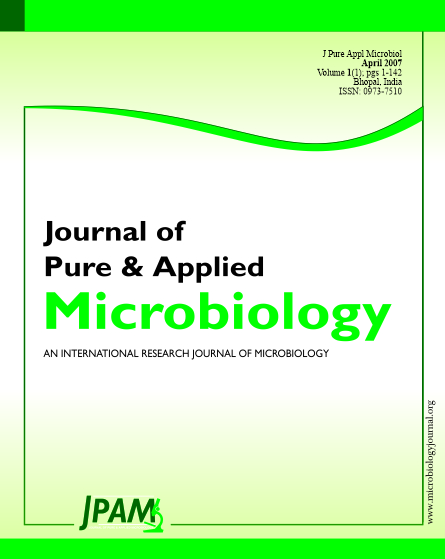The influence of different concentrations of Zn and microsymbiont of VAM fungi and Rhizobium bacterium on some growth parameters of Vigna sinesis (cowpea) indicated that Zn concentration of 100-200mg/ kg air dry soil was optimum for attaining the best growth parameters of cowpea of leaf number, leaf area, fresh and dry weights of shoot and root, as well as, stem and root lengths, either microsymbiont inoculated or non. Microsymbiont inoculations were needed for higher growth values, at the different tested concentrations of Zn as compared with microsymbiont free treatments, i.e. microsymbiont improving the tolerance of the plant against the toxicity of higher concentrations of Zn.
Chlorophyll a,b and carotenoids formation by the plant leaves were reduced markedly by Zn levels more than 50mg/ kg soil. While 100mg of the metal was responsible for maximum plant contents of carbohydrates. However, the best total nitrogen and phosphorus accumulation in leaves occurred at 200mg Zn/ kg soil. Inspite of the toxicity of Zn(>200mg), microsymbiont inoculation was accompanied by noticeable higher values of the tested plant metabolites at the different tested heavy metal concentrations.
Zn was mainly accumulated in the plant roots than in leaves and microsymbiont inoculation clearly increased its accumulation than non-inoculated soils, i.e. microsymbiont improving the tolerance of the plant against Zn toxicity. Zn has detectable influences on rhizobial nodulation and VAM root colonization. Zn level of 200 mg/kg soil was responsible for the best nodulation and VAM colonization.
Vigna sinesis, Mycorrhizae and Rhizobium
© The Author(s) 2007. Open Access. This article is distributed under the terms of the Creative Commons Attribution 4.0 International License which permits unrestricted use, sharing, distribution, and reproduction in any medium, provided you give appropriate credit to the original author(s) and the source, provide a link to the Creative Commons license, and indicate if changes were made.


